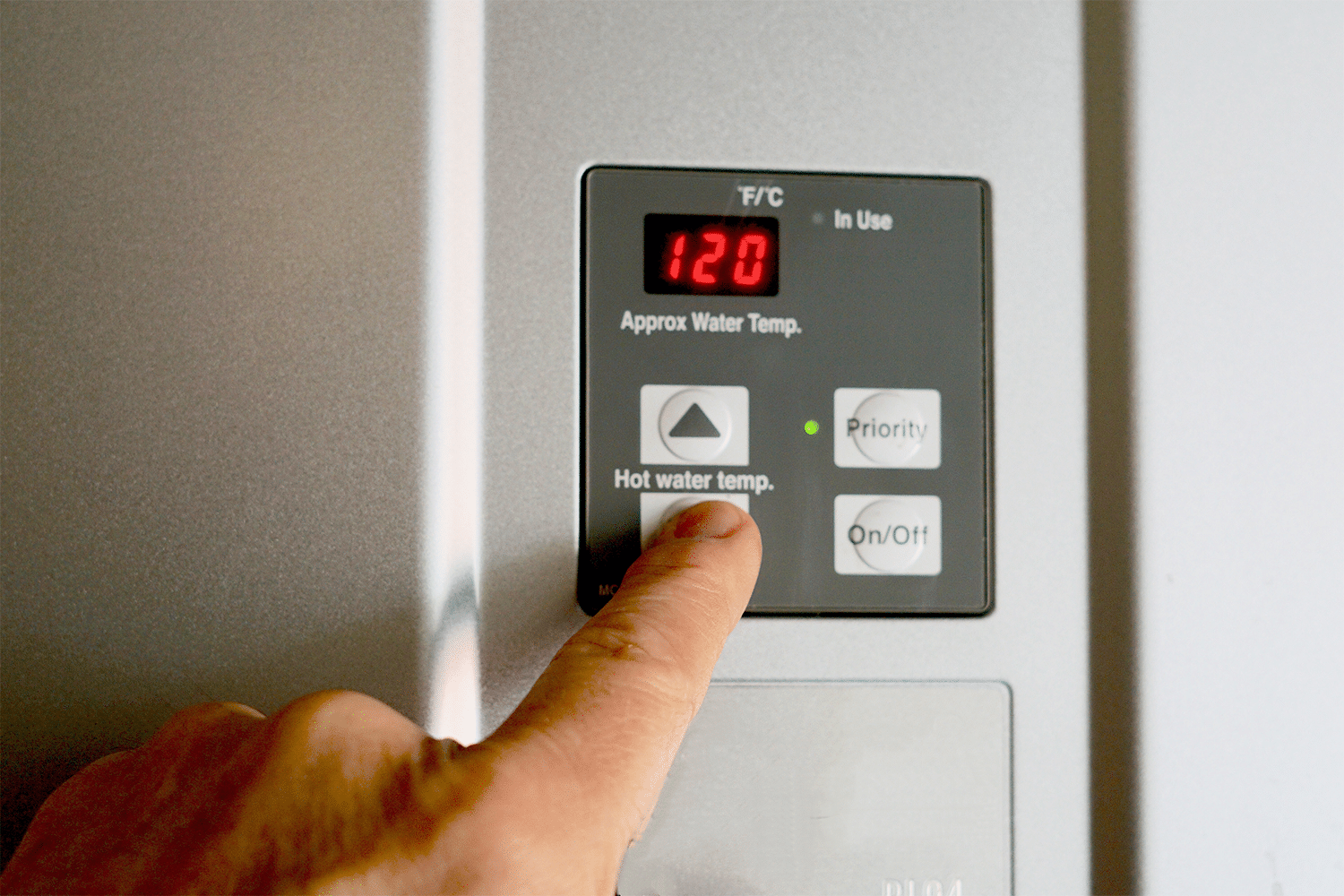People take the water heater for granted. Sure, it’s hidden away somewhere in your house, only to be looked at when something goes wrong. But, this innovative appliance is the reason why we enjoy hot showers, water for our washing machines, and are able to clean our dishes in the dishwasher. Without these heaters, our lives would be slightly less comfortable.
B&D Industries, Inc. is one of New Mexico’s best plumbing service providers. We strive to provide solutions for commercial and residential properties to ensure their plumbing system flows freely. Read our blog post below to learn more about the water heater and how it works to supply you with hot water.
What Is a Water Heater?
Water heating is a heat transfer process that uses an energy source to heat water above its initial temperature. For residential and commercial properties, water heaters use heating elements such as electric heating burners and gas burners that are found at the bottom of their tanks. Other vital parts of the heater include:
- Tank: An insulated tank that stores our hot water. They come in many different sizes, typically holding between 20 and 80 gallons. The size of the tank should match the number of people occupying the property.
- Dip Tube: Another important part of the water heater is the dip tube. This is where the cold water from our municipal supply, community well, or other water sources, enters the tank. The main water line splits right before the water heater. When you turn on the cold water, it is piped from the main valve through the cold water service line. If you require hot water, it will pass through the dip tube into the tank. The cold water will enter here and then be heated from the bottom of the tank.
- Anode Rod: The anode rod is extremely important. It’s a safety feature that prevents the water heater from forming rust through electrolysis. Instead of the steel lining of the tank’s interior rusting, the metal-coated steel rod (usually coated in aluminum, zinc, or magnesium) will rust instead.
- Thermostat: Water heaters have a thermostat on the outside of the tank to allow you to measure and adjust the temperature of the water.
- Heat-Out Pipe: This is the pipe that brings the hot water out of the tank and into the hot water service line.
How Does The Water Heater Work?
Now that we’ve gone through the parts of the heater, now is where the fun begins. The journey starts at your water source which travels through your main water line into your home. Just before the water heater, the line splits off into two pathways that make up your property’s water intake system.
When you turn on your hot water tap. Cold water passes through valves and travels through the dip tube to enter the heater tank. The heating element at the bottom of the tank will heat the water according to your thermostat setting. Eventually, the hot water will rise to the top of the tank to be shot through the heat-out pipe and into your faucet or wherever you require hot water.
What if I have a Tankless Heater?
Good question. It’s actually not too different from your traditional water heater. Instead of storing hot water in a perpetually-heated tank, tankless heaters only heat water when it’s needed. When you request hot water a sensor activates the heat exchanger inside your unit to warm up, which will heat your water to your preset temperature. Eventually passing through the unit and to your tap.
B&D Industries Provides 24/7 Plumber Service
B&D Industries, Inc. is the go-to for all plumbing issues in New Mexico. For more than 30 years, we’ve worked every day to earn our reputation as a premier plumbing service provider for our dedication to every project that comes our way. We always find the solution that works best for you and are honest in every step of our servicing. Contact us today to learn how we can help you with your plumbing needs.


